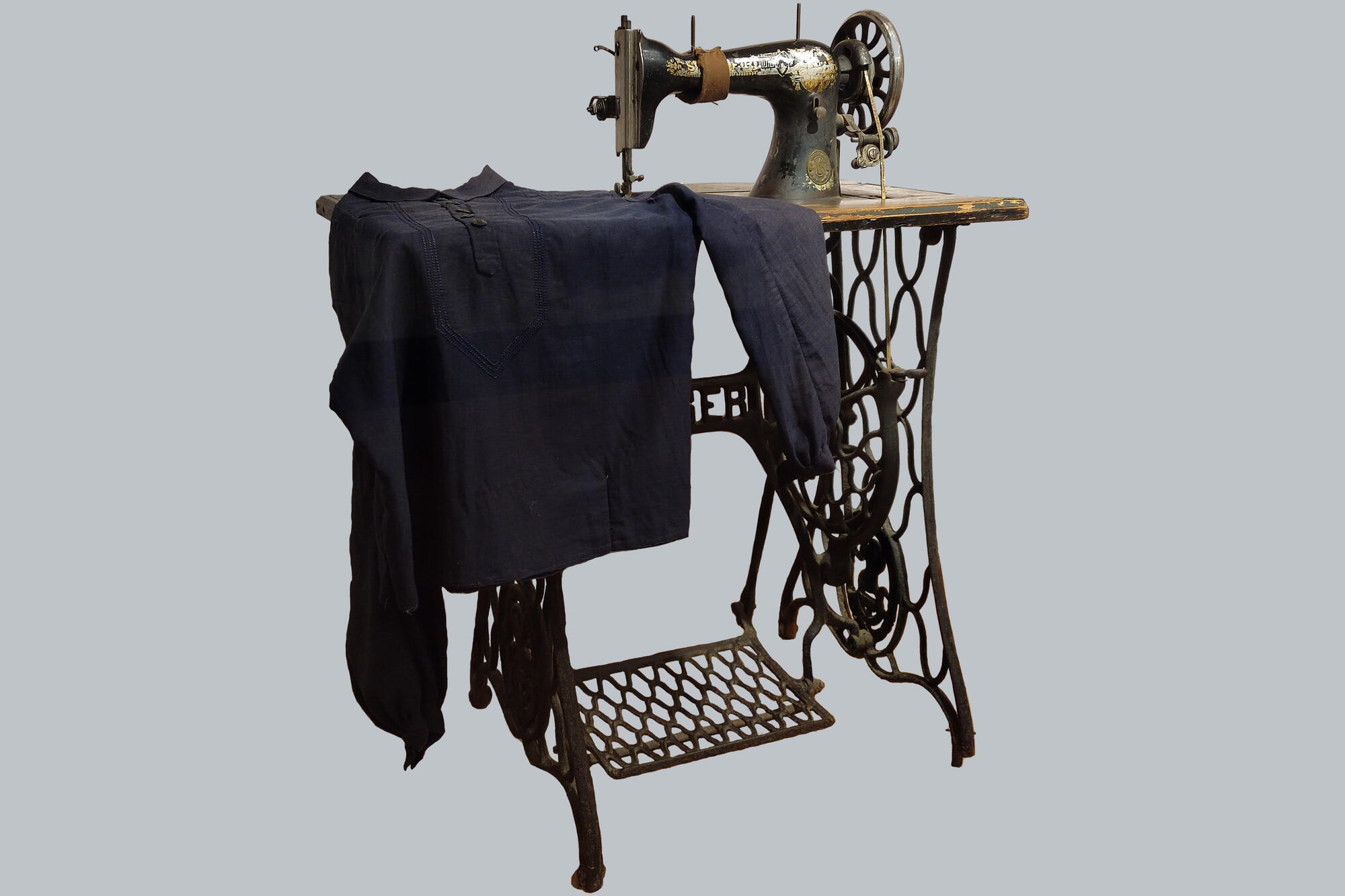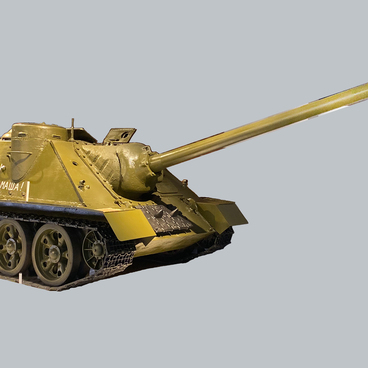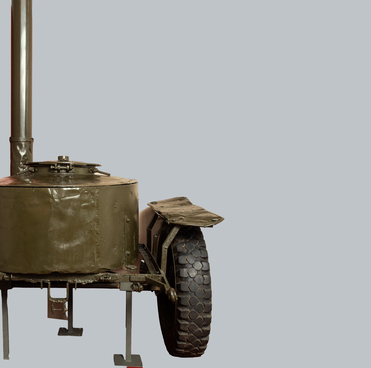The exhibit is a Singer sewing machine made in the early 20th century. On its body there is a metal stamp THE SINGER MANFG CO. The machine is mounted on a cast-iron carved frame, with an integrated treadle operated by pressing down on its pedal.
Many people mistakenly believe that SINGER was a German company, but this is not the case. In fact, the company is American, and its founder Isaac Merritt Singer, the son of immigrants from Germany, was born in New York.
In the Russian Empire, the first sewing machines of this brand appeared in the 1860s and became widespread. Thanks to the excellent quality of its products, the company earned the right to be called “Supplier to the Court of His Imperial Majesty”, in addition, it received a Russified logo “ЗингерЪ”.
In 1900, the company bought land in Podolsk for the construction of a factory for the production of sewing machines. The plant owned 37 buildings. The company employed more than 5,000 workers. In 1913, it produced 2,500 machines per day. From 1904 to 1914, about 5 million such products were manufactured at the Podolsk plant.
During that period, sewing machines became an integral attribute of almost every home. Throughout the Russian Empire, the company opened more than 3,000 branded stores, where, if necessary, it was possible to arrange an installment plan for the purchase.
After the February Revolution of 1917, in the hope of preserving business, entrepreneurs leased the Podolsk plant to the Provisional Government on preferential terms. After the October Revolution, the plant was closed and repurposed for the production of frying pans, pots and cast irons, while the old equipment was completely preserved.
In 1923, the company was nationalized and began producing domestic sewing machines of the “PMZ” and “Gosshveimashina” brands. The machines were no longer produced under the “Singer” brand in the country. The Great Patriotic War forced the factory production to be reoriented for some time. The Podolsk Plant produced casings for mines, shells, and high-explosive bombs.
In June 1944, the Podolsk Plant was awarded the Order of the Red Banner of Labor. Already in July 1946, the first 100 post-war sewing machines for home use were assembled at the enterprise: the factory made peacetime products again.


